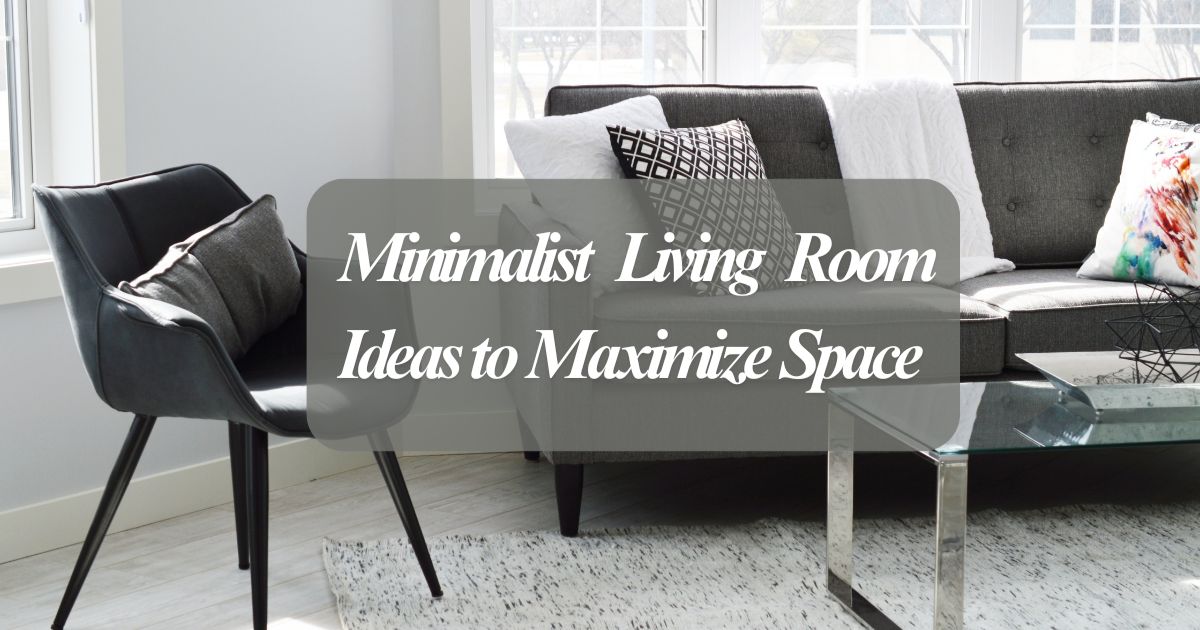Minimalist Living Room Ideas to Maximize Space
Minimalism isn’t just a design trend—it’s a lifestyle that embraces simplicity, function, and quiet elegance. When brought into your living room, minimalist design creates a calm, clutter-free space perfect for relaxing or hosting guests. Whether you’re furnishing a compact apartment or a roomy house, a minimalist approach helps you clear the chaos, maximize space, and highlight what truly matters. In this guide, we’ll share practical and stylish minimalist living room ideas that bring balance, clarity, and a touch of modern serenity to your home.
1. Embrace Neutral Color Palettes
A hallmark of minimalist design is the use of neutral color schemes. Whites, creams, grays, and light earth tones work well to create a clean, airy feeling. Neutral tones not only open up a space but also provide a blank canvas that allows you to add personal touches through textures, art, and carefully selected accent colors. To prevent the room from feeling sterile, incorporate subtle variations in shade and texture—think soft beige walls paired with a plush, off-white sofa and light gray curtains.
Advertisement – Continue Reading Below

Advertisement – Continue Reading Below
2. Choose Multifunctional Furniture
In a minimalist living room, each piece of furniture should have a clear function. Opt for multifunctional furniture that maximizes space while maintaining a sleek aesthetic. For example, a coffee table with hidden storage can reduce visual clutter by keeping magazines, remote controls, or other small items out of sight. A sofa bed can double as guest accommodation, while a minimalist media unit with storage can eliminate the need for additional shelves or cabinets.

Advertisement – Continue Reading Below
3. Declutter Ruthlessly
Minimalism thrives on simplicity, so decluttering is crucial. Take an honest look at the items in your living room and decide which are essential. Everything from old magazines, trinkets, and knick-knacks to extra pillows or blankets should be evaluated. If an item doesn’t serve a functional purpose or add significant aesthetic value, it’s best to remove it from the space. Decluttering not only clears up physical space but also creates mental clarity, helping you to enjoy your living area more fully.
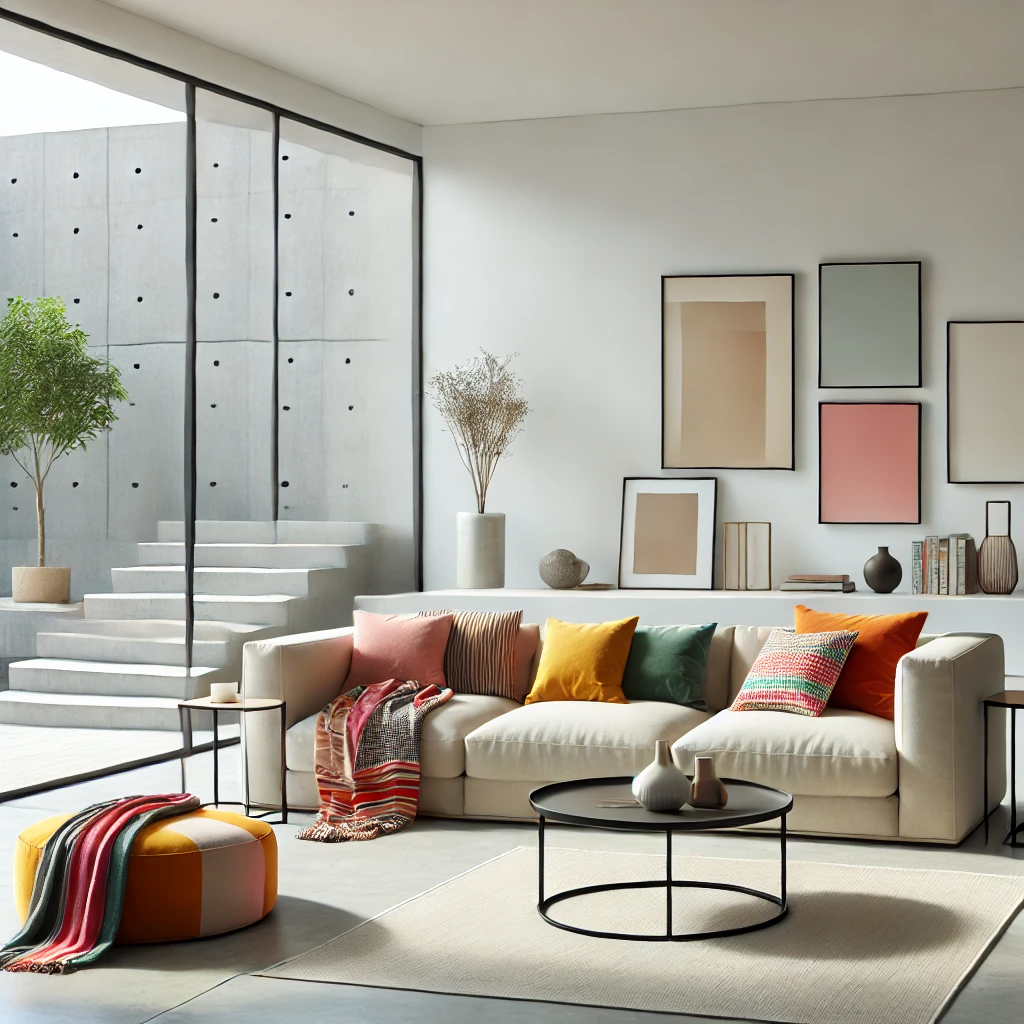
Advertisement – Continue Reading Below
4. Incorporate Smart Storage Solutions
While minimalism emphasizes fewer possessions, it’s still important to have effective storage for the items you do keep. The key is to opt for concealed storage options that maintain a clean, uncluttered look. Floating shelves, built-in cabinets, and furniture with hidden compartments are great options. You can also add decorative baskets or boxes that complement your minimalist aesthetic while hiding clutter such as books, electronics, or extra throw blanket.

Advertisement – Continue Reading Below
5. Keep Decorations Simple and Meaningful
In minimalist decor, less is truly more, ensuring a clean and uncluttered space.Rather than filling every corner with objects, choose a few meaningful pieces that reflect your personal style. For instance, a single large piece of artwork or a well-placed vase with fresh greenery can create visual interest without overwhelming the space. Keep your accessories functional and elegant—think sleek floor lamps, minimal sculptures, or a simple, stylish clock.
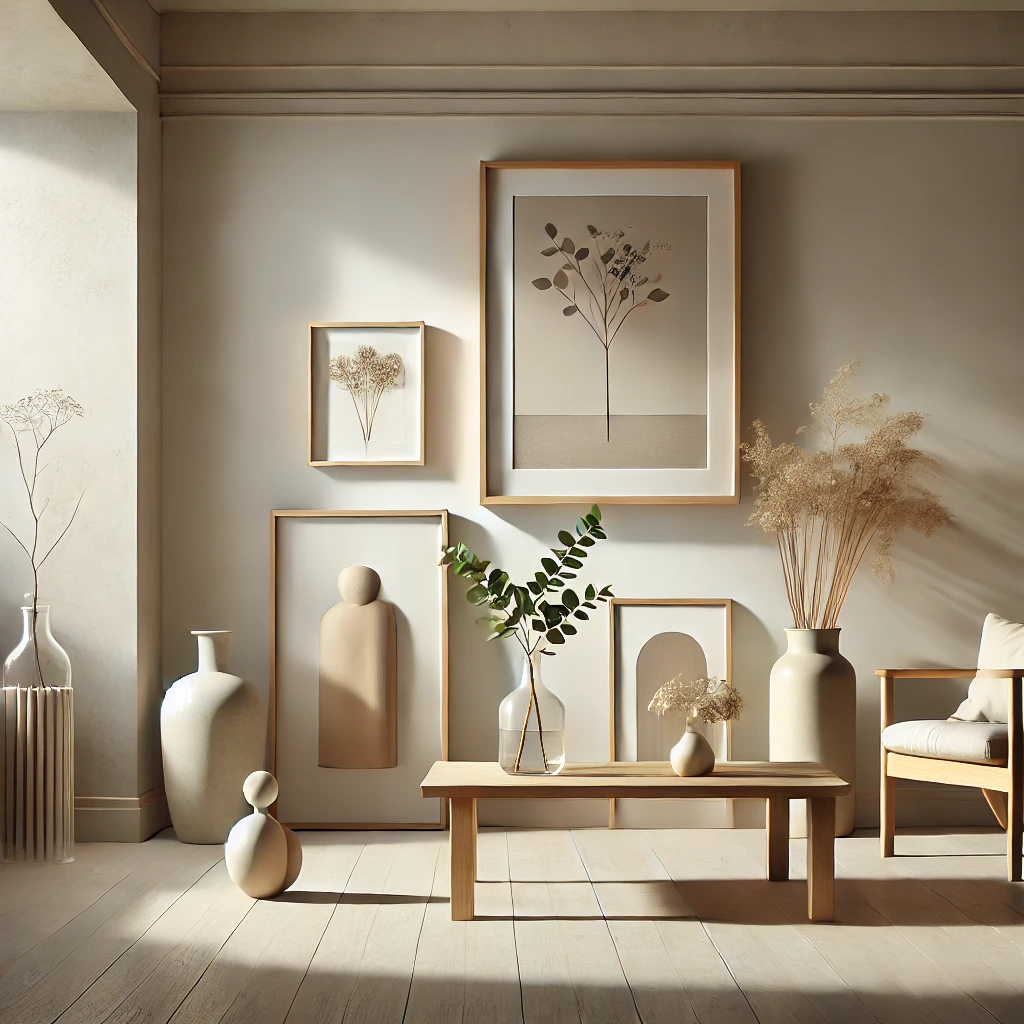
Advertisement – Continue Reading Below
6. Maximize Natural Light
Natural light plays a crucial role in minimalist design, enhancing openness and creating a more spacious atmosphere. Large windows, sheer curtains, and light-reflecting surfaces can help brighten up your living room. To maximize the effect of natural light, avoid heavy drapes or dark window treatments. Instead, opt for light, airy curtains or even bare windows if privacy isn’t a concern. Mirrors are another great way to enhance natural light, as they reflect light and make the space feel larger.
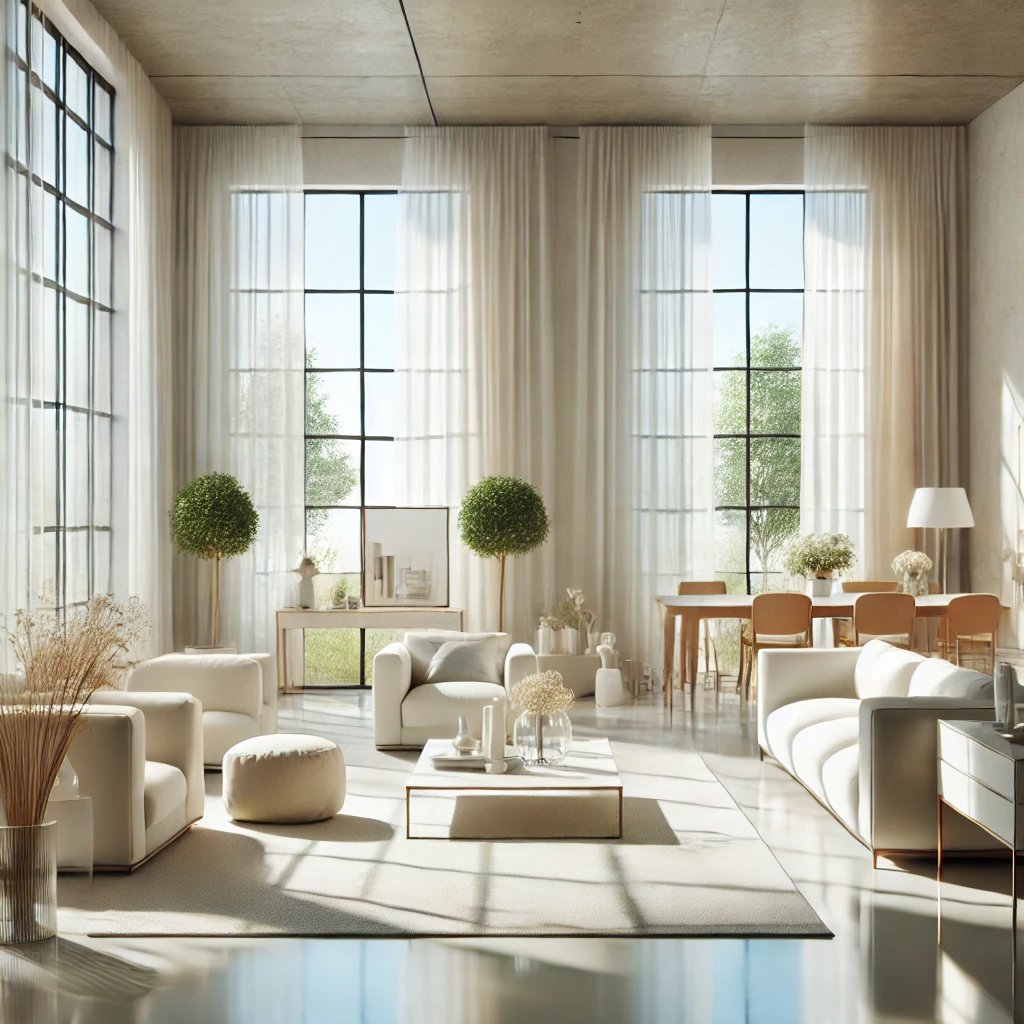
Advertisement – Continue Reading Below
7. Use Low-Profile Furniture
Low-profile furniture creates a sense of openness by keeping sightlines clear and making ceilings feel higher. In minimalist living rooms, opt for sofas, chairs, and tables that have a lower height and a streamlined design. Avoid bulky or overly ornate pieces. For example, a sleek, low-back sofa paired with a slim coffee table can make the room feel larger, while also adding to the clean aesthetic.
Advertisement – Continue Reading Below

Advertisement – Continue Reading Below
8. Create a Focal Point
While minimalism encourages simplicity, it’s important to have a focal point in the room to create visual interest. A statement piece of art, a beautiful rug, or an eye-catching light fixture can all serve as a focal point. By keeping other elements of the room subdued, your focal point will stand out without overwhelming the space. For example, a bold, abstract painting can bring color and personality to an otherwise neutral living room, giving the room character while maintaining its minimalist ethos.

Advertisement – Continue Reading Below
9. Choose Streamlined Lighting
Lighting plays a crucial role in minimalist design. Instead of ornate chandeliers or complex lighting systems, choose streamlined lighting fixtures that blend seamlessly with the room’s aesthetic. Recessed lighting, sleek floor lamps, or minimalist pendant lights are great options. You can also use dimmer switches to control the intensity of the light, creating a cozy atmosphere when desired. Don’t forget to incorporate task lighting, such as a modern desk lamp or a reading light near your seating area, for functionality.

Advertisement – Continue Reading Below
10. Focus on Quality over Quantity
In minimalist living rooms, fewer pieces mean each item should be carefully chosen for its quality and durability. Rather than filling the room with numerous items, invest in well-made furniture and decor that will stand the test of time. High-quality materials such as solid wood, leather, or natural textiles like cotton and linen add a sense of luxury and craftsmanship to your space. These materials also age beautifully, ensuring that your living room remains stylish for years to come.

Advertisement – Continue Reading Below
11. Incorporate Natural Elements
Bringing nature indoors can soften the sleek lines and neutral palette of a minimalist living room. Adding plants, wooden furniture, or stone accents can create a warm, inviting atmosphere without overwhelming the space. Indoor plants not only improve air quality but also add a pop of color and life to the room. Choose simple planters that complement the minimalist style and arrange them sparingly to keep the room feeling open and airy.
Advertisement – Continue Reading Below

Advertisement – Continue Reading Below
12. Opt for Monochrome or Tone-on-Tone Color Schemes
While neutral palettes are a classic choice, monochrome or tone-on-tone color schemes can also be effective in minimalist living rooms. For example, using varying shades of gray or soft pastels can add depth to the space without disrupting the minimalist aesthetic. A monochrome design can create a cohesive and calming environment, allowing you to experiment with different textures and finishes within a single color range.

Advertisement – Continue Reading Below
13. Utilize Built-In Shelving
Built-in shelving is a perfect way to add storage without cluttering the space with additional furniture. Whether you have open shelves for displaying a few meaningful items or closed cabinets to hide away clutter, built-ins are both functional and stylish. Opt for clean lines and simple finishes that blend seamlessly with the walls, making them feel like part of the architecture rather than separate furniture pieces.
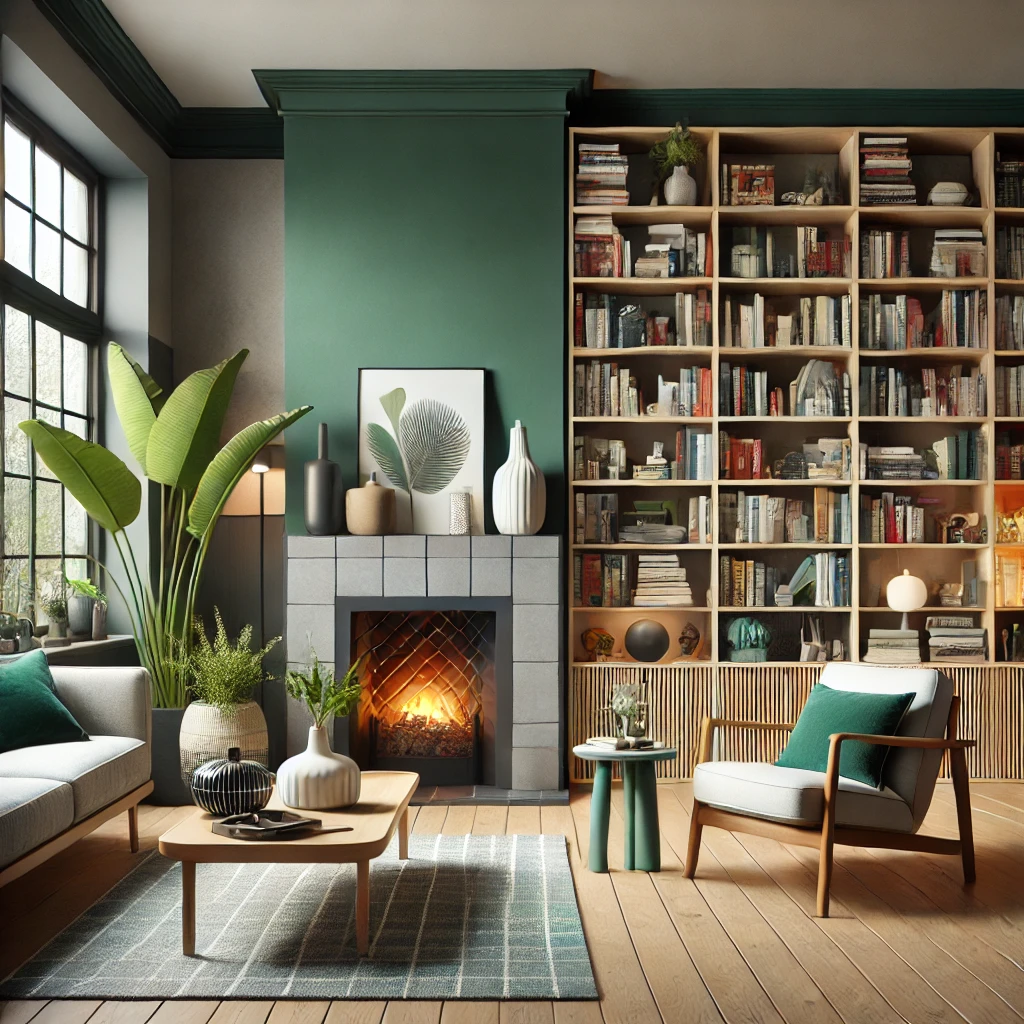
Advertisement – Continue Reading Below
14. Create Cozy Seating Areas
Even in a minimalist living room, comfort is key. Create cozy seating areas that invite relaxation by using a combination of seating options, such as a sofa paired with a single armchair or a few floor cushions. To maintain the minimalist aesthetic, stick to clean-lined, simple designs, and avoid overstuffed or oversized furniture. Keep the number of seating pieces minimal to maintain a sense of space and openness, while still providing enough seating for guests.

Advertisement – Continue Reading Below
15. Incorporate Textural Variety
Although minimalist living rooms are often associated with smooth, sleek surfaces, adding a variety of textures can bring warmth and dimension to the space. Mix and match materials like wood, leather, metal, and natural fibers to create contrast and interest without introducing clutter. For example, a soft woolen throw draped over a linen sofa or a jute rug under a sleek coffee table can add layers of texture that make the room feel inviting and comfortable.
Advertisement – Continue Reading Below

Advertisement – Continue Reading Below
16. Keep Floors Bare or Use Simple Rugs
Minimalist living rooms often feature bare floors, which can make a room feel larger and cleaner. If you prefer a rug, choose one with a simple, understated design. Neutral tones, solid colors, or subtle patterns work best. Avoid overly bold or intricate designs that can overpower the room and create visual noise. A well-placed rug can define seating areas, add warmth to the room, and tie the space together without breaking the minimalist flow.

Advertisement – Continue Reading Below
17. Hide Cords and Electronics
One of the main challenges when designing a minimalist living room is finding ways to organize and hide electronic devices and their cords.Use cord management systems to hide cables and ensure that they don’t disrupt the clean lines of your space. For entertainment systems, choose sleek media consoles that offer hidden storage for electronic devices. Mount your TV on the wall and conceal any wiring for a more streamlined look.
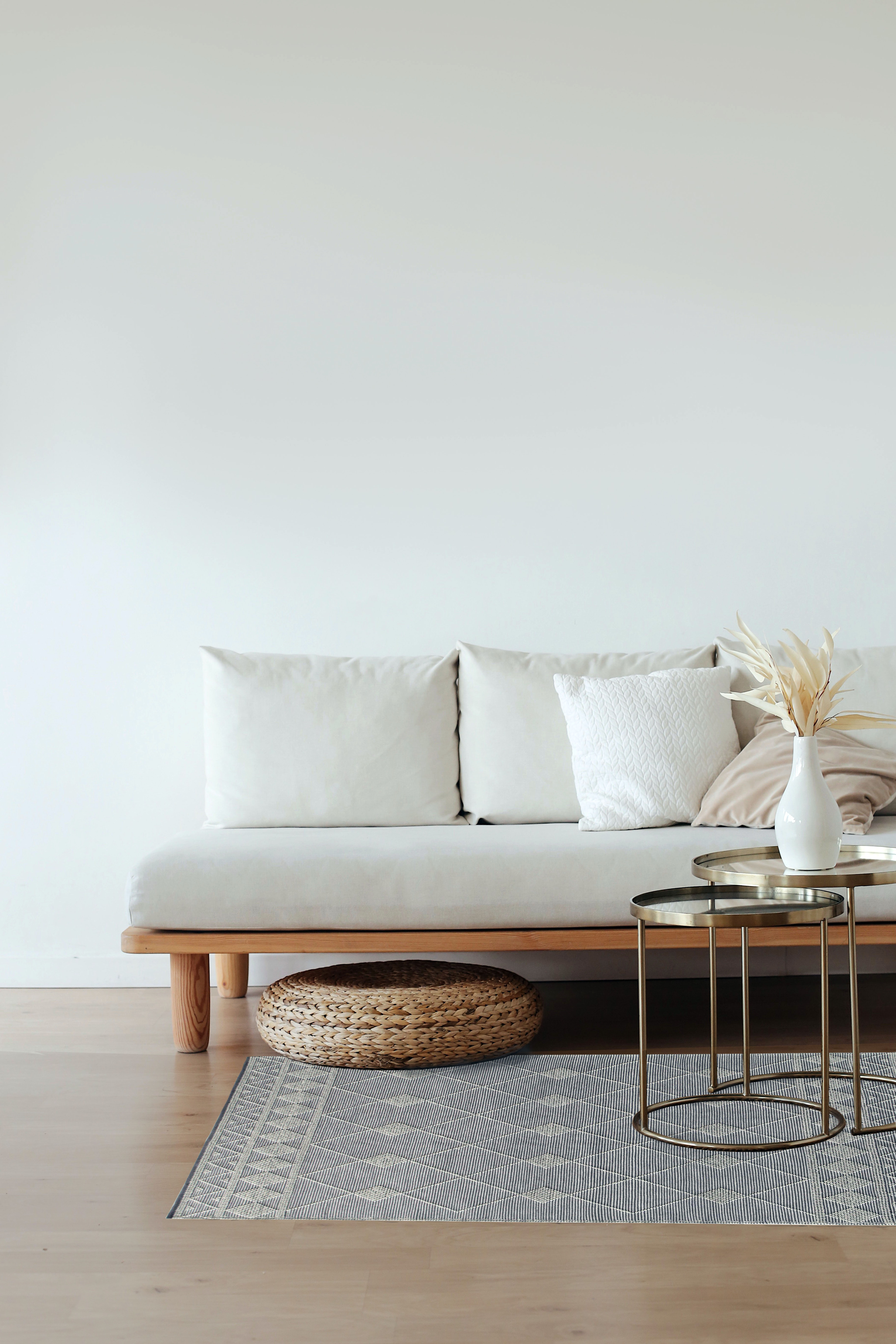
Advertisement – Continue Reading Below
18. Keep Walls Simple
In a minimalist living room, the walls should be kept simple and uncluttered. Resist the urge to cover every wall with artwork or decor. Instead, choose one or two meaningful pieces to create a focal point and leave the rest of the walls bare. If you want to display photographs or artwork, consider a gallery-style arrangement with plenty of negative space around each piece. This approach allows each piece to stand out without overwhelming the room.
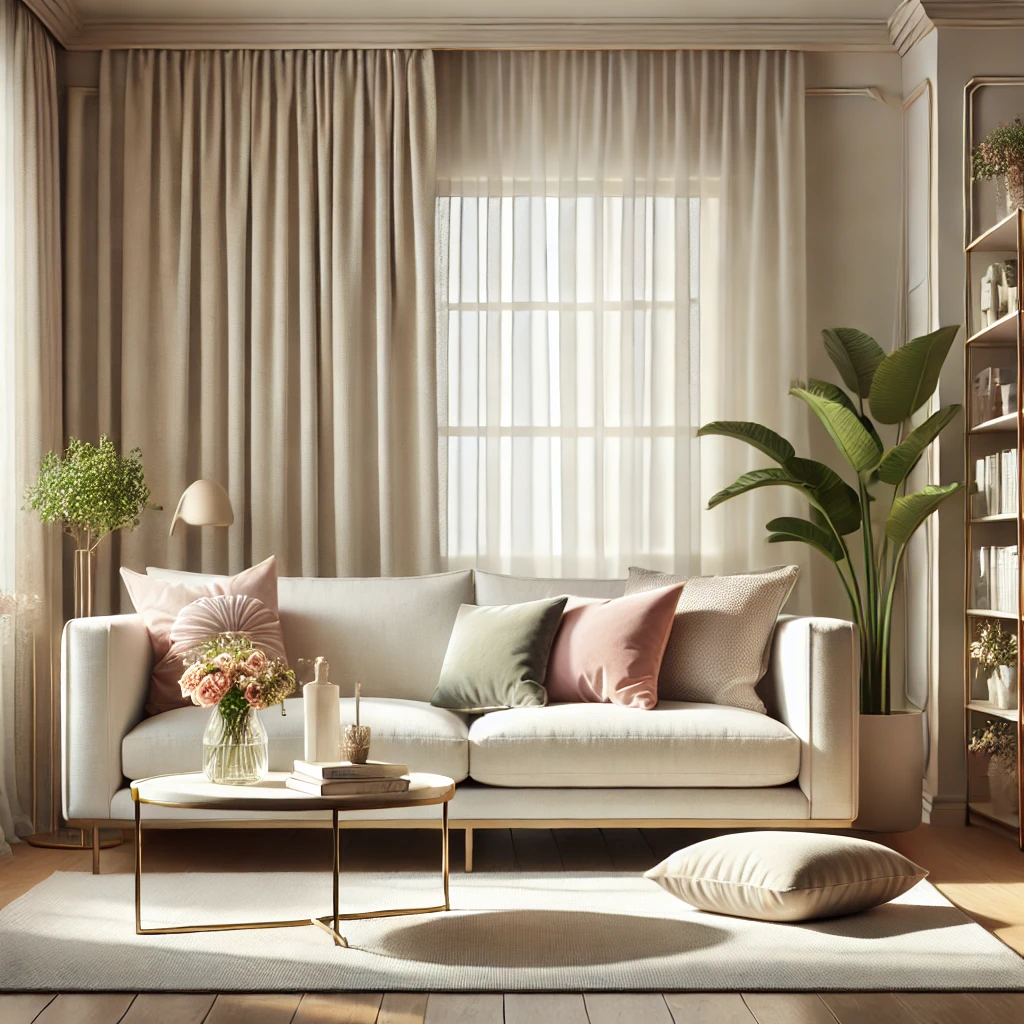
Advertisement – Continue Reading Below
19. Limit Furniture Pieces
When designing a minimalist living room, limit the number of furniture pieces to the essentials. A sofa, coffee table, and a few well-chosen chairs may be all you need. The goal is to create a space that feels open, functional, and free of unnecessary items. By choosing versatile furniture that serves multiple purposes, you can reduce the need for extra pieces and maintain a sense of flow throughout the room.
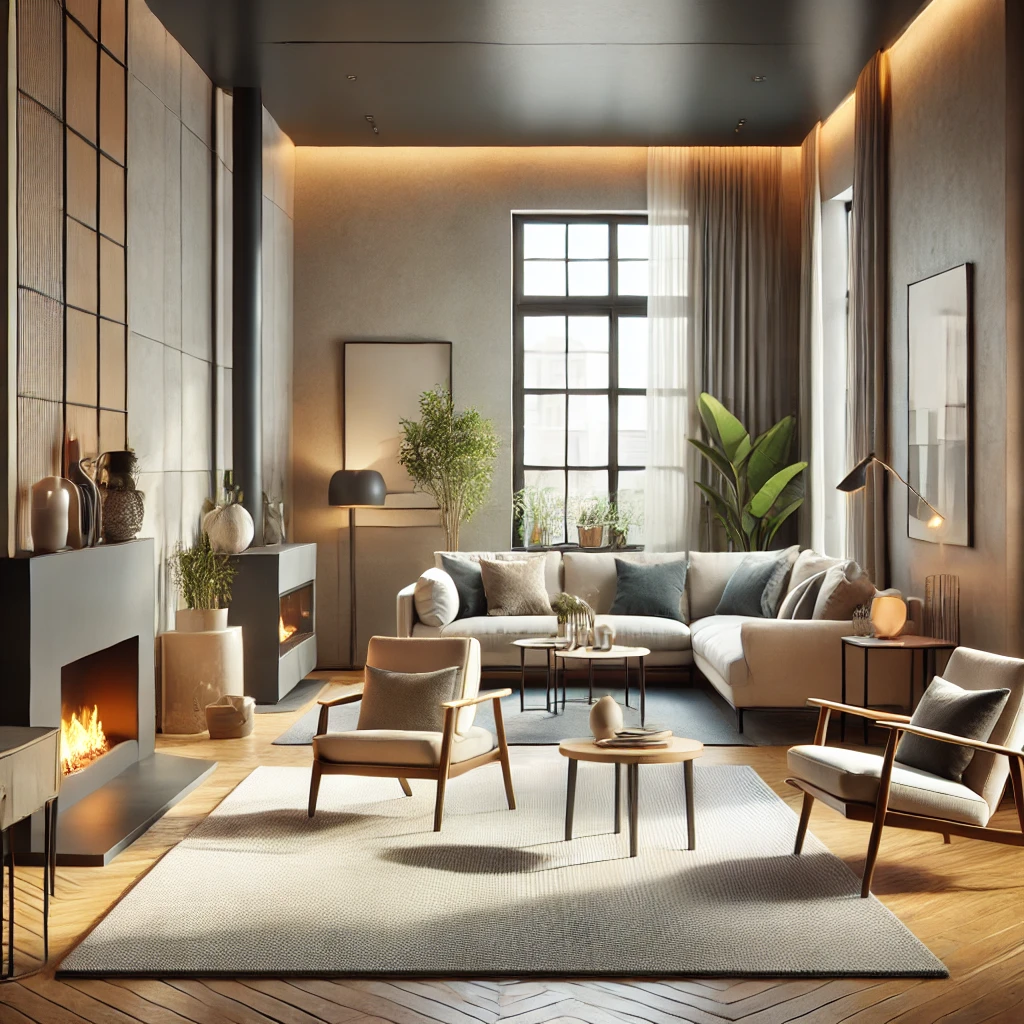
Advertisement – Continue Reading Below
20. Personalize with Intention
While minimalism focuses on reducing excess, your living room should still feel personal and reflective of your style. The key is to personalize with intention. Select a few items that are meaningful to you—whether it’s a piece of art, a family heirloom, or a decorative object from your travels—and display them thoughtfully. By keeping personal touches to a minimum, you can create a space that feels uniquely yours without disrupting the minimalist aesthetic.
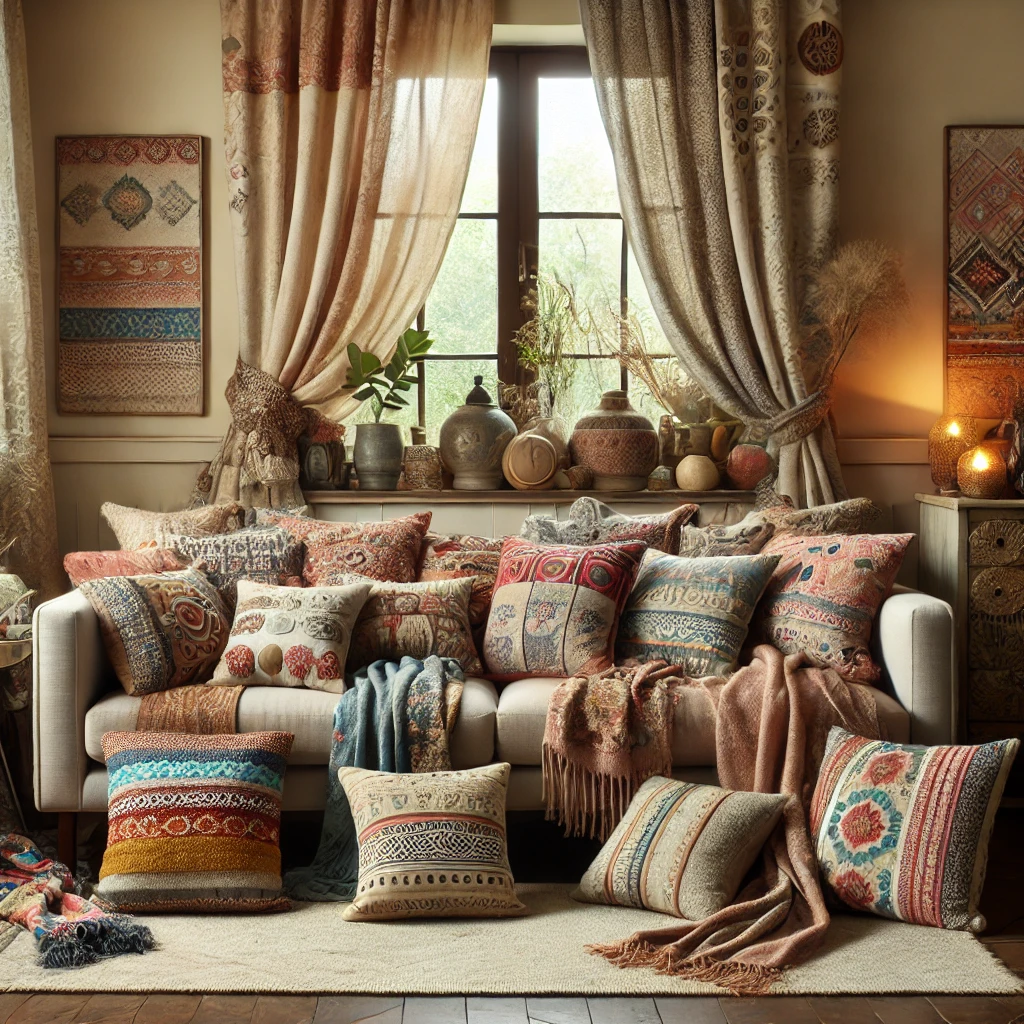
Advertisement – Continue Reading Below
A minimalist living room is all about creating a clean, functional, and aesthetically pleasing space that maximizes the available area. By embracing simplicity, decluttering, and choosing multifunctional furniture, you can transform your living room into a serene environment that encourages relaxation and mindfulness. Incorporating natural elements, neutral color palettes, and thoughtful storage solutions ensures that your living room not only looks beautiful but also serves as a peaceful retreat from the chaos of everyday life. Whether you live in a small apartment or a spacious home, these minimalist living room ideas will help you make the most of your space while maintaining a stylish and clutter free atmosphere.

